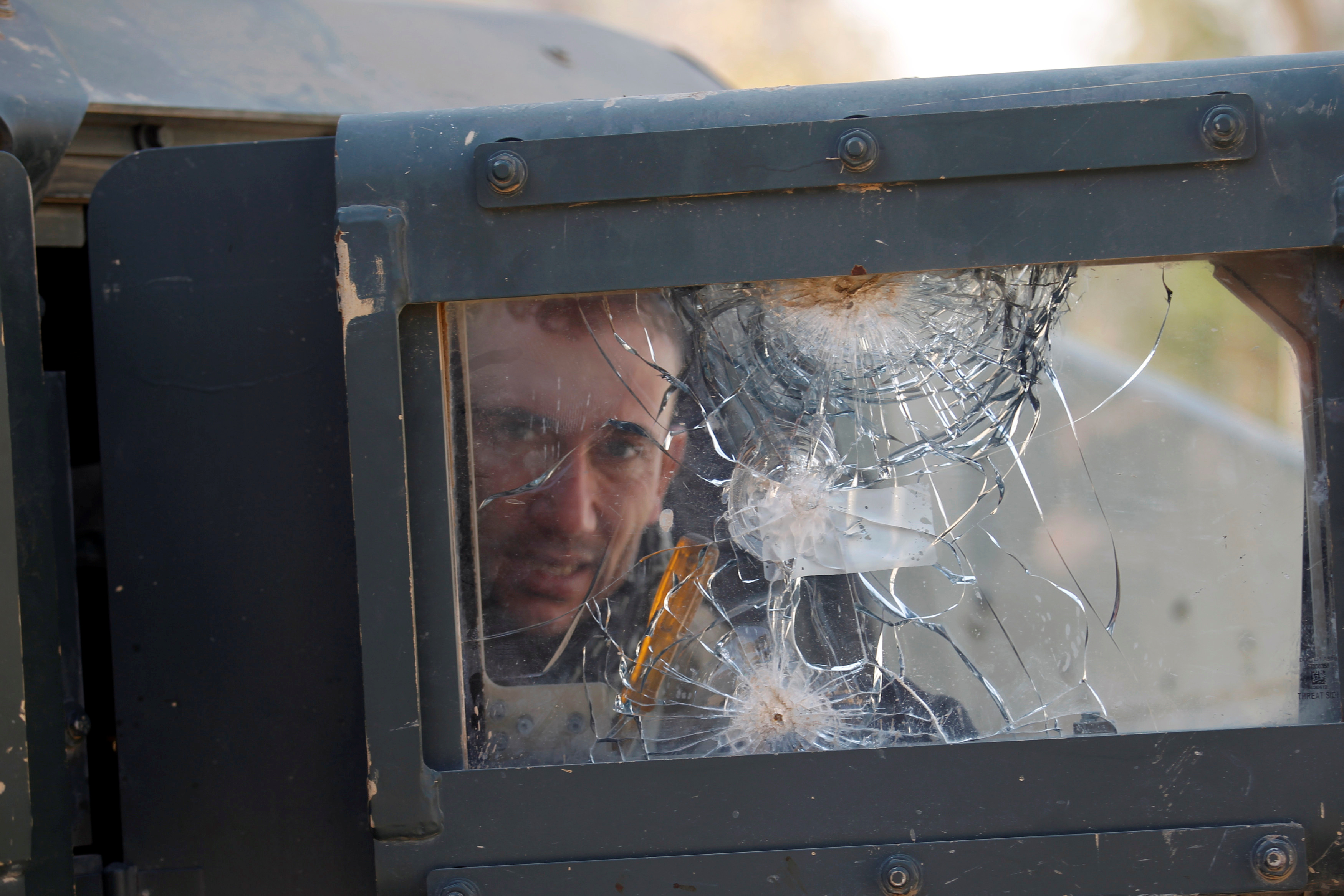The fight to retake Mosul from an outnumbered but entrenched ISIS force is likely to be a battle for two cities: Iraqi forces appear set to retake the eastern half of the city, but ISIS fighters still hold the western half, where future close-quarters fighting is sure to take a toll on civilians and combatants alike.
The two halves of Mosul, Iraqi’s second-largest city and ISIS’ last stronghold in the country, are split by the Tigris River. The means of getting across that river – bridges and boats – have been targets in the ongoing air and ground campaign in the city.
In a December 31 airstrike, a clip of which can be seen below, a US-led airstrike destroys a barge belonging to ISIS near Mosul.
The December 31 strike was one of nine airstrikes in Iraq that day, three of which were near Mosul. Coalition aircraft also targeted ISIS tactical units, weapons systems, vehicles, car bombs, and inoperable coalition equipment.
ISIS has relied on watercraft for both transportation and for use as weapons on the Tigris River, which runs through the group's territory in northern Iraq. Prior to the start of the Mosul campaign, which began on October 17, coalition air forces targeted ISIS' watercraft on numerous occasions. In September alone, airstrikes destroyed 65 ISIS boats.
The Tigris River has also factored into the fight inside Mosul. Of the five bridges that once connected the eastern and western halves of the city, none remain intact. An airstrike in late December reportedly destroyed the last one standing.
In recent days, Iraqi commanders have said their forces have reached the eastern side of the river for the first time and are just a few days away from securing that half of the city.
US military officials have also recently admitted that US advisers are on the ground in Mosul assisting Iraqi forces, though "they remain behind the forward line of [Iraqi] troops."
Nearly 900,000 civilians remain in the city, many of them hunkered down in the western half of the city, which ISIS fighters still control.
The dense maze of narrow streets and ancient buildings that comprise much of western Mosul are sure to complicate the effort to liberate the city, adding to the number of civilians who've fallen victim to the fighting.
Away from the front lines, some Sunni Iraqis are not able to avoid suspicion and harassment from Iraqi forces, many of whom are Shia. And no matter their sectarian affiliation, Iraqis in liberated parts of the city are still exposed to haphazard fire from ISIS artillery and other weapons.
Despite those risks, many civilians in the eastern half of the city still crowd their doorways to greet government forces, cheering ISIS' long-awaited ejection.
"With them, there was no justice and no cigarettes," said Yusef, a father of six with a salt-and-pepper beard who, in early January, peered from behind his gate and praised the Iraqi forces he said liberated him from two-and-a-half years of jihadist rule.











